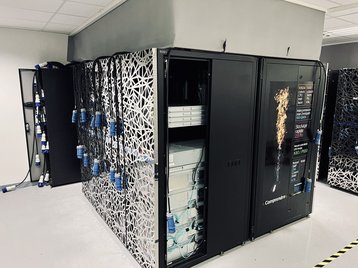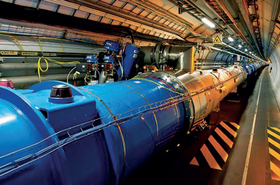The Centre Régional Informatique et d’Applications Numériques de Normandie (CRIANN) has decommissioned its supercomputer at its Normandy facility in France.
In a LinkedIn post, the CEO of CRIANN Alian Bidaud confirmed the company’s Myria supercomputer will be decommissioned after seven years of operation.
First deployed in 2017, the Myria supercomputer had less than 30 days of unavailability and has provided more than 381 million core hours to research laboratories and companies on 273 projects, according to Bidaud.
The company said the compute elements of Myria, including the servers and storage bay, will have a second life in other data centers. This is in an effort to recycle digital technology more responsibly.
Spanning 366 nods, the Myria HPC cluster was an Atos/Bull-based system that used Intel Xeon Broadwell, Haswell, Skylake, and Phi Knights Landing processors, along with Nvidia Kelper and Pascal/Telsa GPUs, totaling less than 1 petaflops.
In partnership with EDF subsidiary Exaion, the data on all of the computer clusters will be deleted and dismantled.
The freed-up space within the CDR1 facility will now house 20 bays with an IT capacity of 200kW, according to CRIANN.
CRIANN inaugurated a new supercomputer, called Austral, in October last year. The new Cray XD2000-based system is optimized to train AI models and run simulations and analysis in areas including biotechnology, healthcare, and materials science.
Last month, Atos-owned Eviden was selected to upgrade France’s Jean Zay supercomputer with Nvidia H100 GPUs and earlier this month, the company also delivered a second EXAI supercomputer to France’s CEA.






